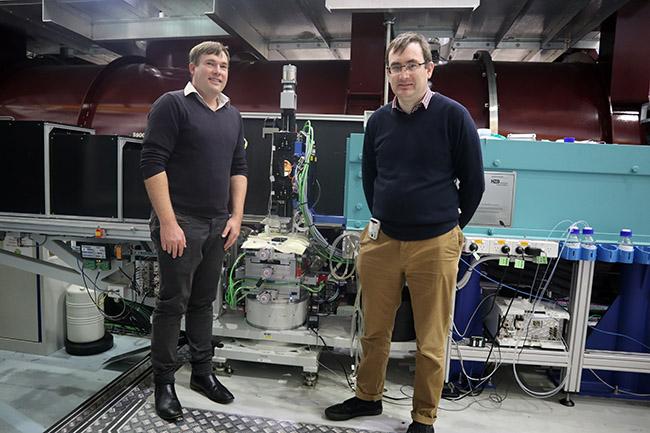Key Points
A promising class of superconductors that may potentially avoid the need for high levels of cryogenic cooling for quantum computers has been identified
The vanadium silicide material was developed at the University of Melbourne
ANSTO instrument scientists performed low temperature cryogenic measurements on the Spatz reflectometer to detect superconducting properties
A project led by the University of Melbourne's Dr Manjith Bose and Professor Jeff McCallum, who are also members of the ARC Centre of Excellence for Quantum Computation and Communication Technology, has identified a promising class of superconductors that may potentially avoid the need for high levels of cryogenic cooling. These advanced materials can be manufactured, be integrable and compatible using standard silicon and superconducting electronics approaches.
To optimise the growth of these silicide superconductors, Dr Bose and Prof McCallum are making extensive use of high-temperature neutron reflectometry on the Spatz reflectometer at ANSTO's Australian Centre for Neutron Scattering.

Neutrons are an ideal tool for exploring extreme sample environments, such as the high pressure, temperatures or fields that are present when manufacturing circuit elements. This is because neutrons can penetrate through most common metals, allowing one to see reflective thin films deep inside furnaces, magnets and cryo-chambers.
"We were able to observe the growth rate on the nanometre-per-minute time scales at high temperatures of 800 °C," Dr Bose explained. Subsequently we were able to deploy cryogenic magnetometry measurements at ANSTO down to 3 K to detecting superconducting properties."
Some of the initial work was recently published in Applied Surface Science.






